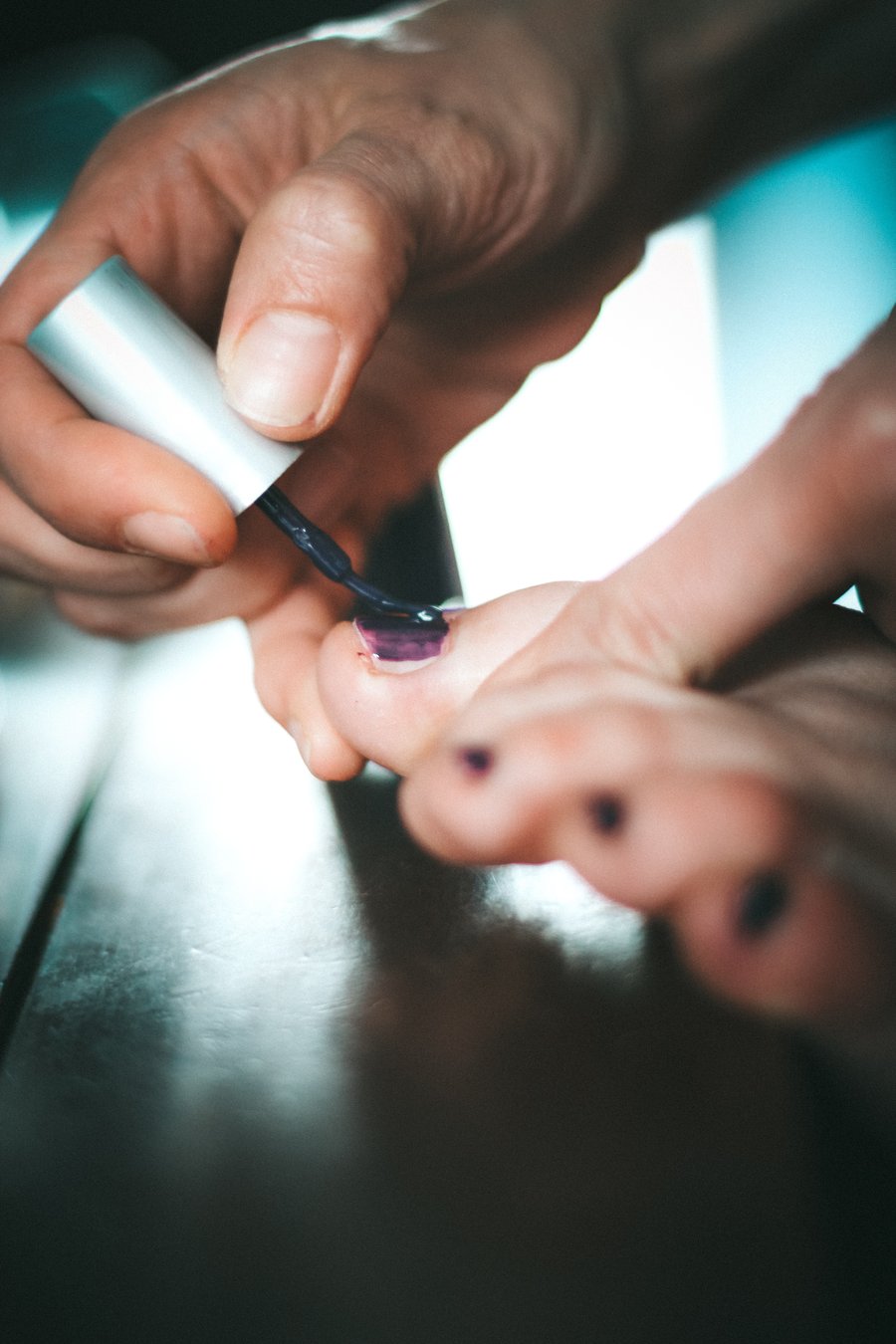
Sometimes those perfect “little piggies” can get a little sickly looking. When toenails turn from their usual clear hue to an unusual color, it can be distressing, especially if you’re not sure what the actual cause is.
Fortunately, the actual color of the dislocation can guide you to finding the underlying cause of the problem – and point you to the most effective treatment. Often, at-home remedies can be sufficient, but some foot problems require a specialist.
Darker Colors
Problems like later-term nail fungus or injuries tend to appear in darker hues like purple, dark green, black or brown.
“Subdural hematoma” sounds scary, but it’s often just the bruising that results from stubbing your toe, picking at your toenails, or wearing shoes that don’t fit properly. If most of the nail bed seems to have changed to purple or dark red suddenly, and later turns black or dark brown, that’s an additional clue that a subdural hematoma is the culprit.
Time is often the best “doctor” for treating subdural hematoma, but you can help the process along by icing the affected area, and resting your foot as much as possible. Change your footwear to create less pressure on the toe are.
Toenail fungus is another nail condition that looks blackish, dark green or brownish-red. Toenail fungus usually starts under the tip of your nail, often as a white or yellow splotch that you may not even notice until the color darkens and spreads. You may also develop problems like crumbling or thickened nails.
Fungus takes hold in the nail when feet are exposed to moist, dark conditions. If your feet naturally sweat when your shoes are on, or you have to walk in wet areas frequently, you may be more at risk. Older people and athletes also have more problems with toenail fungus.
Often, over- the-counter medication can treat nail fungus. But if the nail continues to thicken, becomes brittle or if you detect a foul odor, you may need prescription medication. Your specialist can also give you tips about preventing future infections through simple changes of footwear and hygiene habits.
Red or black lines down the toenail, on the other hand, may indicate a serious underlying condition, and should be reported to your doctor, along with any other symptoms you may be experiencing.
Lighter Colors
As mentioned, nail fungus can also present as yellow or white, especially in the earlier stages. OTC products may work quickly if you catch the early-stage nail fungus in this stage.
There is also an unrelated condition known as “yellow nail syndrome.” This condition doesn’t respond to medication, but over time often goes away on its own. Yellow nail syndrome tends to come with deep ridges, and causes the nail to thicken.
Light or bright red areas on the sides or top of your toe may be the skin itself, reacting to an ingrown toenail that has penetrated the flesh. If you also feel pain and notice any discharge, contact your doctor to see if the ingrown portion should be removed.
If your toenail develops white streaks, or the entire nail plate turns white, you may have a condition known as leukonychia. This disorder interferes with how the nail makes keratin, the body protein that keeps hair, skin and nails healthy. There may be an underlying condition causing the leukonychia, so it’s important to see a foot specialist for evaluation.
If you’re not sure whether your toenail discoloration is a passing problem, or something that needs medical attention, call our office. Our dedicated staff can give you a professional diagnosis, and recommend a treatment plan that will get you back on track to painless walking and beach-ready toenails!






